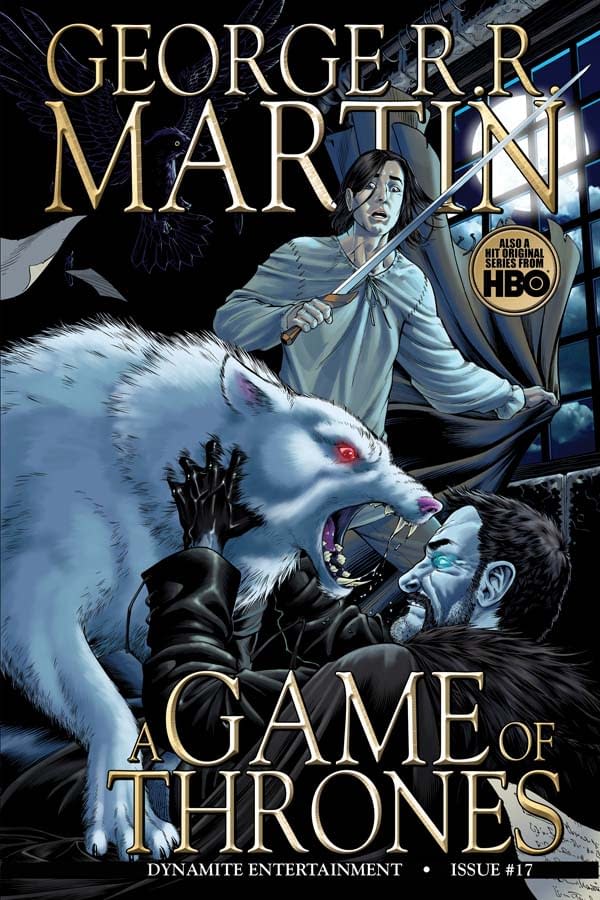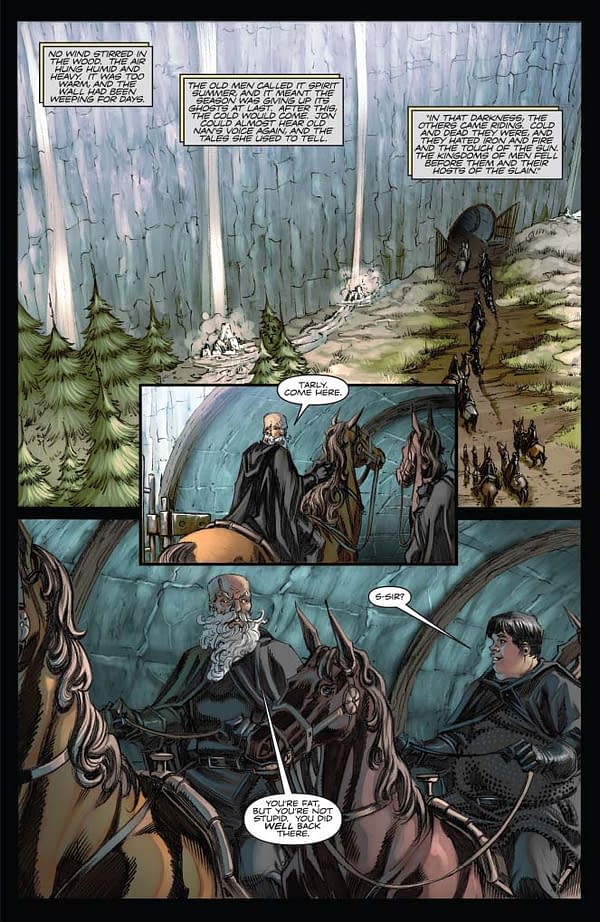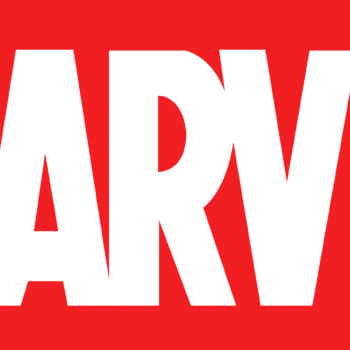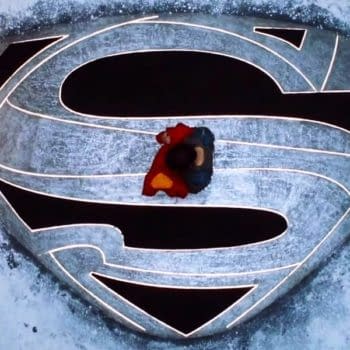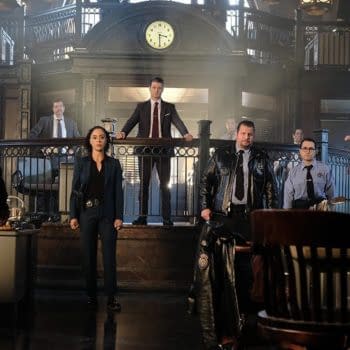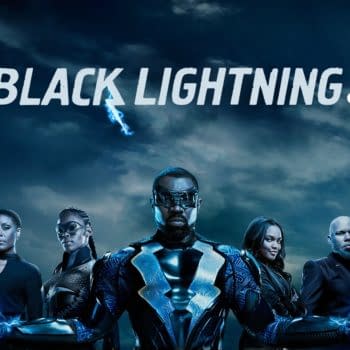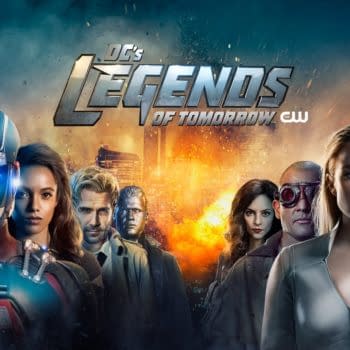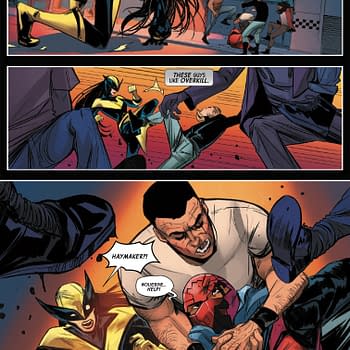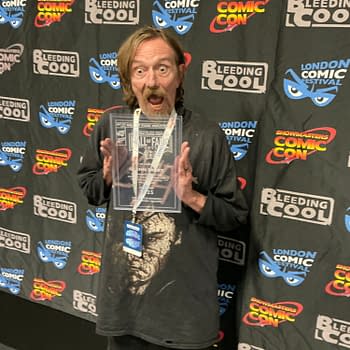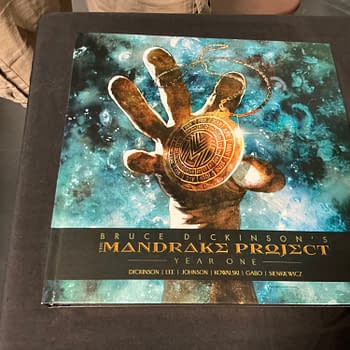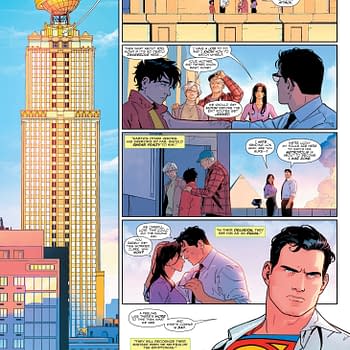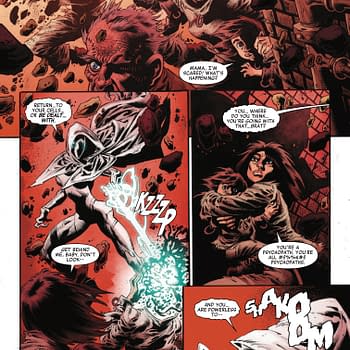Posted in: Comics | Tagged: Aaron Gillespie, Daniel Abraham, game of thrones, george r r martin, song of fire and ice
Daniel Abraham Reveals How To Adapt Game Of Thrones
Game of Thrones was already a hugely popular novel series before HBO turned it into must watch television. Dynamite Entertainment has bee adapting the series for comics and has Daniel Abraham, novelist and oft collaborator with George RR Martin doing the adapting. Aaron Gillespie chatted with Abraham to talk about working with Martin and how he approaches bringing such an expansive world into the comic medium.
AARON GILLESPIE: I read that you have come to appreciate the smaller characters in Game of Thrones. Old Nan, for instance. Since beginning this project, what other seemingly minor characters have you taken a liking to?
DANIEL ABRAHAM: I've developed a real fondness for Syrio Forel. He only shows up in a couple of scenes in the book, but he's so central in making Arya into Arya that he just dominates all the places he shows up. It's like he comes on the scene, winks and the reader and says "Here. Let me tell you about what all this really means." I love that.
AG: When adapting a work as complex as the A Song of Ice and Fire series, how do you decide what to put in the comic and what to leave out? Or what scenes to show and which ones to summarize?
DA: To a large degree, the original text makes a lot of those decisions. We can't really dramatize a scene that George put in summary. The things that simply won't work graphically — the chapters with a lot of flashbacks or long expository passages — we find other ways to get the information in, and the scenes that have dialog and action lend themselves to the page.
AG: What is the most challenging aspect to writing an adaptation? Do you think your background as a novelist makes the job easier or more challenging?
DA: I think having the background as a novelist, and specifically having co-written work with George, makes it easier for me to do the adaptation because I understand what some of the passages are doing structurally within the chapter and the book. I see why he chose to shift the action in a scene, for instance, or why some specific action needs to be there in order to set up something that comes father down the line. The part where I shift that into a new idiom and include art and transferring information visually is still harder for me, but I think that's more a function of only wiring comic scripts for about a decade where I've been doing prose much longer than that.
AG: This isn't the first George RR Martin work you've adapted. What makes Game of Thrones different from the other collaborations?
DA: Yeah, this is actually the third adaptation I've done with George. I also did script versions of his novel Fevre Dream and his novella Skin Trade. The biggest difference with Game of Thrones is the scope of it. Fevre Dream and Skin Trade both had two point of view characters and maybe half a dozen settings. Game of Thrones isn't just longer, it's more complex. And it's a story that isn't finished yet. With Fevre Dream, I could turn to the last chapter, see where exactly I was heading, and gauge what information and images I needed to put in to pay off that last page. With Game of Thrones, I know some pretty major spoilers, but since the chapters haven't been written yet, I can't look at the already completed execution as a guide.
AG: Considering the source material, I would think you could get bogged down filling a script with lengthy descriptions. How much direction do you give Tommy Patterson when it comes to describing characters and locations? Have you the two of you developed a sort of "creative shorthand?"
DA: I have the easiest job in the word for that. When we come to the really vivid descriptions of a place or a character — or even of a particular mood that a location carries — I can lift it straight out of the books, put some quotes around it, and say "So, like that." The thing that's been most interesting about this process is the way that I've found myself as the intermediary between George and Tommy. People come to the project for Tommy's art and George's story. My role here is to be as close to invisible as possible and really make sure those guys get the stage.
More about Game of Thrones issue #17 can be found here.
Aaron Gillespie is an Iowa based cartoonist whose first published work was way back in 1997 in an issue of Kilroy Is Here for Caliber comics. Since then he has worked on Hell Yeah, Golly, and Screamland from Image comics, Brian Buccellatto's Foster Anthology, Negative Burn and 13 Steps from Desperado, and many other companies. Somewhere in there he took a few years off to move to LA to become a hotshot storyboard artist.
He currently has a blast writing Bionic Man for Dynamite Entertainment. www.dynamite.com/htmlfiles/viewProduct.html?PRO=C72513018400902511


